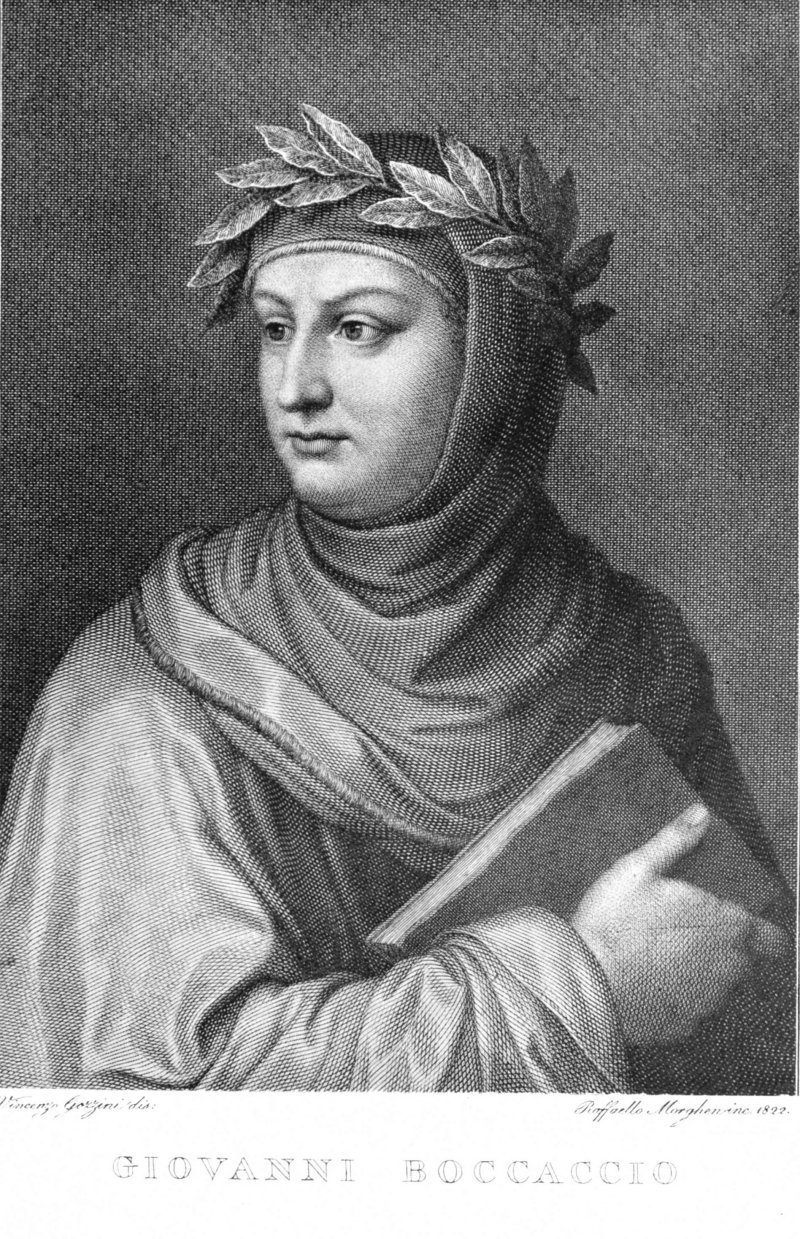Throughout the Middle Ages women’s role in society, has always been challenging to distinguish since most descriptions about their roles in the social world are attributed to men’s work in literature and artistic paintings. While focusing on the western European society authors and artists of the medieval ages, such as Boccaccio’s literature during the medieval age’s portrayal of women as objects. Through the Decamaron, story Boccaccio’s tells a story of a young woman Griselda, who is often objectified by the men of higher social class, through her clothes. Though this is just an extreme example of woman’s portrayal in the medieval ages, because depending on social status women in the Western European had a more lenient power to choose their own husbands which made them also influential in their households. Also, women’s role in the Middle Ages was heavily influenced by religious attributions, which was portrayed through literature and paintings of the Middle Ages such as women in Christian faith were portrayed in saint images as to be silent and cloistered. They were also often portrayed to being a vase for sin, through paintings of saints as well as in literature of the Middle Ages where they were seen as the villains for being a person of lust such as in the story of Ghismonda where Boccaccio’s again portrays the woman as a person of sin. Due to being the woman who had killed her father for her rebellious behavior of being in love with a man below her status. Throughout the diverse portrayals of women in art, it is often exaggerated to what was happening through the society in western Europe in the Middle Ages. Through analyzing books that have studied the roles of gender in the Middle Ages there seems to be a different viewpoint of women’s role in the public eye, they were given more power to choose what would be their role in society through their decisions of marriage. So, it’s often a battle to have a concrete role of what a women in the Middle Ages was due to various misinterpretations of their roles in society.
